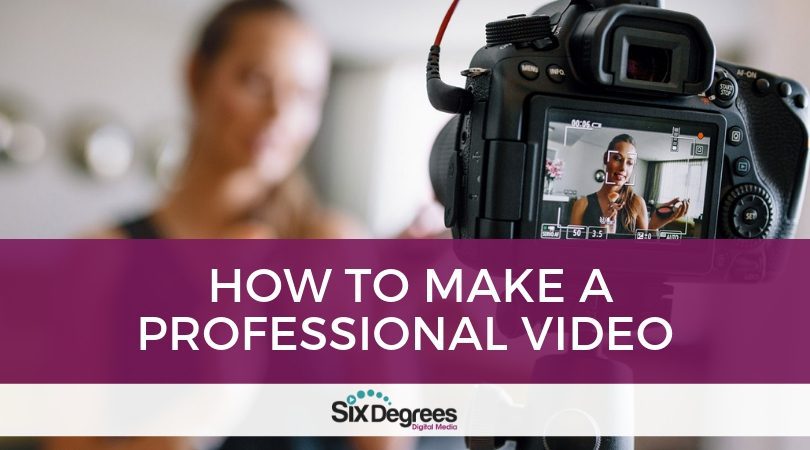The past year has seen a massive jump in the popularity of online video.
Hardly any business can be conducted without the use of video content and online video platform of any type.
In accordance to that, we’ve seen exponential growth in video content marketing, which has now become the chief tool for publishers to get their brands out the door and into the online world.
Now, you’d think that given today’s choices of free video platforms, it would be pertinent to go for the easiest and most obvious ones – i.e. Facebook and YouTube, which are currently the most dominant video services available on the market.
The truth is, if you do that, you’d be absolutely right on the money.
However, if you are a publisher looking to expose and monetize your brand through video content, you might be surprised to know that going for these ‘free’ platforms is not necessarily the right road to take.
YouTube, Twitch and Facebook Live
First off, we all know that services like Twitch, YouTube and Facebook, are the best places to work on brand recognition and to get your social media marketing going.
After all, the freshest statistics have revealed that over 1 billion people (which apparently accounts for a third of all Internet users) are on YouTube.
Of course, you should also be focused on mobile, seeing as the average mobile user spends approximately 40 minutes every day on YouTube.
Facebook though, is the latest online giant to push for live videos and at present those tactics seem to be working brilliantly.
Views have started jumping through the roof as soon as the social network website implemented autoplay and over 75% of brands promote their Facebook posts.
We’ve also learned that It’s an interesting thing to note that a majority of marketers, for example, have opted for monetization via video streaming and Twitch.
Esports marketing and esports video streaming makes certain advertising endeavors a lot easier.
Utilizing Twitch completely bypasses adblocker and that’s when sponsorship comes in.
Going Mobile Means Half the Battle
When we’re talking about video monetization, mobile is definitely the way to go.
According to recently gathered research data, by 2021, the average US citizen is going to use 22GB of mobile data per month – most of that for watching video.
What’s more, YouTube accounts for between 50-70% of all video-based traffic across mobile phone networks.
Autoplay In-page Ad Units Work Their Magic
In regards to video monetization, YouTube and other big-name platforms may not have to be your only solution.
Other less known paid video platforms appear to be doing the trick.
Some players can speed up publishers’ video advertising endeavors and, more importantly, make them easier to implement and use.
These days publishers are one click away from improving and growing their business through mobile ads.
They use the VAST / VPAID solutions that swiftly accept ads serving from agency ad servers and networks to make the most of it in the process.
The beauty is that this is a fully automated seamless solution, and all you need is an HTML5 compatible VAST/VPAID 2.0 ad tag and the system will handle the rest.
Incorporating this particular solution dramatically decreases cost of creative production, consequently improving business ROI for individual publishers.
Reaching the Target Audience and Making it Personal
Just remember that online video is where it’s at and videos are fun to make and they resonate better than any other marketing tool, because consumers manage to establish a personal connection with what they’re watching and listening, especially if they see a familiar face, like a celebrity.
It’s also been stressed numerous times throughout the year that millennials are the largest online audience; hence most of the content is aimed at that particular generation.
So, just illustrate why that is, let’s talk stats:
● Mobile is the key – mobile apps, to be more precise. In relation to mobile apps, 30% of all online purchases by millennials are done on a mobile device.
● As of 2015, millennials (18 to 34 year olds) number and impressive 75.4 million, and a survey has shown last year, 81% of these consumers use YouTube to stream videos .
Where is Online Video Going? Where does it End?
It doesn’t. Quite simply, when it comes to online video, all we have seen is rapid evolution and progress.
In its current state, the video form has taken over a majority of the e-business, virtually turning the Internet into a giant hub for video content creation and video content promotion.
Where is it leading us? It’s simple.
It leads us forward.
Videos are getting more and more personal, or as the latest content marketing slogans will tell you, “more human.”
That by definition should be a step in the right direction.
It leads us closer to the point where the brand gets delivered to its buyer without all the fussiness and annoyance of traditional marketing.
Publishers gets traffic, users gets content.
Everyone’s happy.
The question is: how long will this harmony last?
And will anybody tip the balance and in which direction? Only time will tell I guess.

A passionate young professional looking to leave his mark on the volatile and exciting online video scene.
Thanks to Brid.Tv I have an opportunity to be involved into a rising start up that offers all the webmasters out there a robust and feature-rich turn-key solution to post their videos online.
Brid.Tv is the ONLY FREE online video platform on the market which offers with our player UNLIMITED usage of VAST/VPAID ads with our player – unlimited ad calls!







